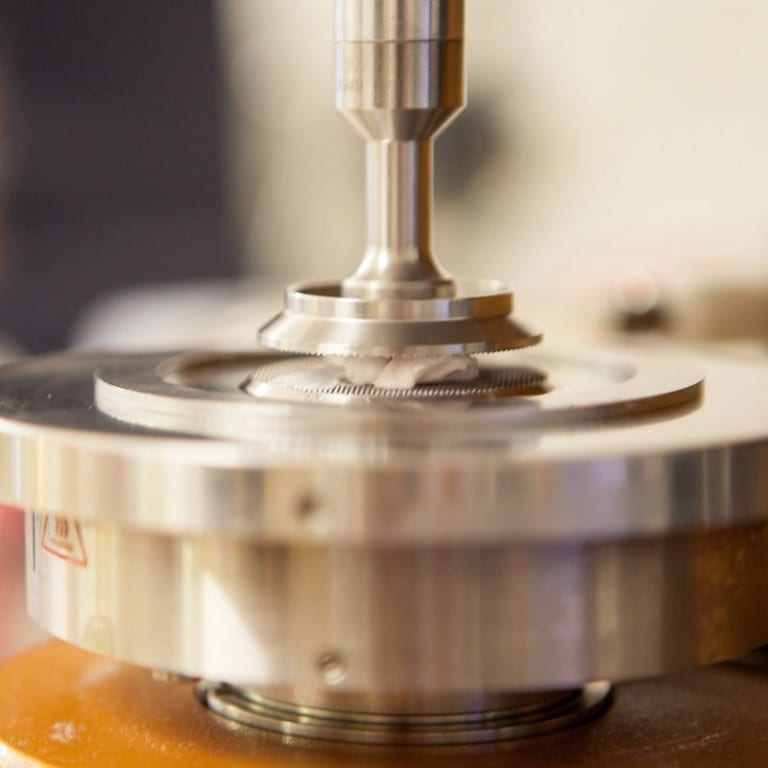
For this reason, engineers measure the viscosity of bitumen at two different temperatures of 60 ☌ and 135 ☌. Viscosity is a property that is affected by temperature changes. Consequently, it is important to choose a bitumen with a suitable viscosity. Moreover, compacting aggregates is difficult with a high viscosity bitumen binder thus, asphalt will not be uniform. Low viscosity bitumen tends to flow and behave like a lubricant and not a binder, so it cannot adhere to aggregates well. Viscosity is a good property to show the ability of bitumen in coating and adhesion. This is gained when the aggregates are well-packed and the space between them is filled well. The aim of standard construction is to have a uniform and stable asphalt. Why Do We Use the Viscosity Test of Bitumen? The Procedure of Kinematic Viscosity Test of Bitumen: Equipment to Measure the Kinematic Viscosity:

The Procedure of Dynamic Viscosity Test of Bitumen: Equipment to Measure the Dynamic or Absolute Viscosity: The Procedure of the Industrial Viscometer Test

Consequently, it behaves more like semi-solid matter.īitumen viscosity is determined by viscometers. In the following video, our team at Infinity Galaxy shows how rotary and capillary viscometers are used to measure dynamic (ASTM D4402) and kinematic (ASTM D2170 or IS 1206) viscosity of bitumen.īelow is a list of different ways of specifying viscosity and measuring it based on the Indian bureau standard definition:

The higher the viscosity of the bitumen, the harder it is to flow. This property shows how easily bitumen flows. The viscosity test of bitumen measures the bitumen viscosity.


 0 kommentar(er)
0 kommentar(er)
